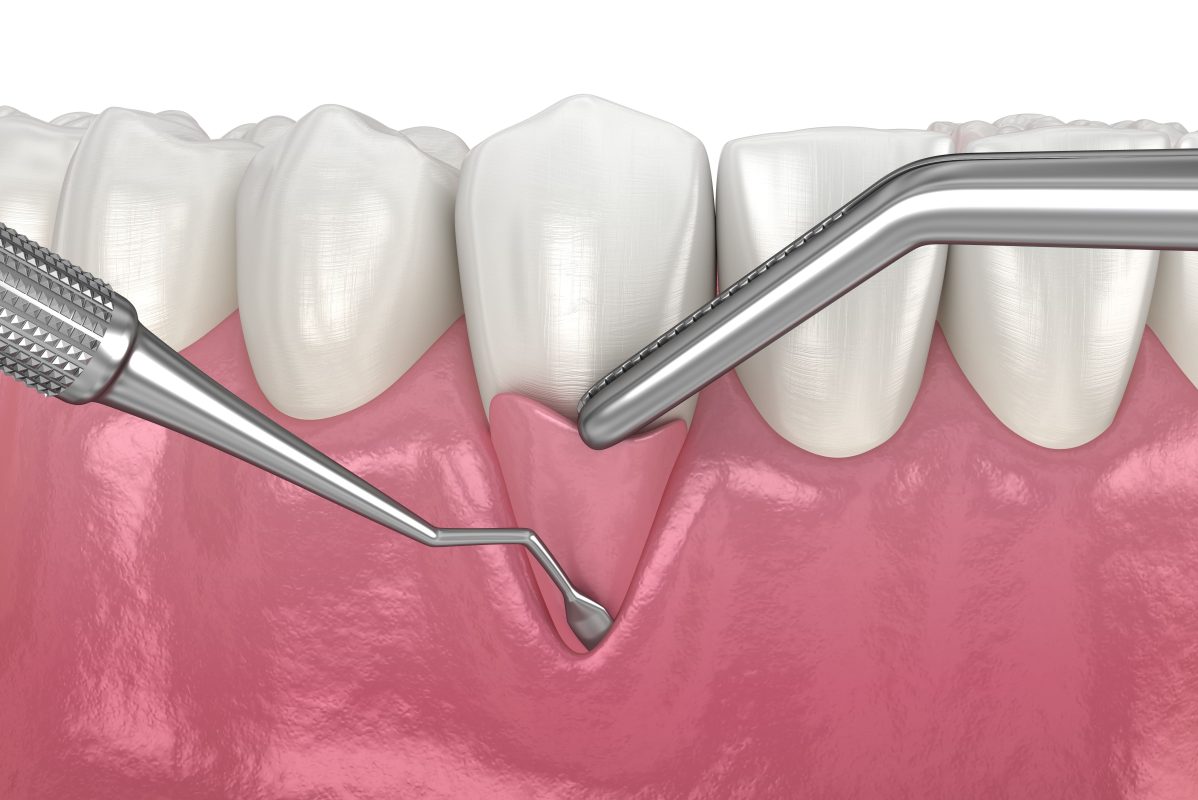Receding gums can lead to various oral health problems, such as tooth sensitivity and an unappealing smile. Gum grafting is a frequently performed procedure that can successfully treat gum recession. There are two available sources of gum tissue grafts: the patient’s own palate and tissue from other donors. In this article, we’ll explore the differences between autografts and allografts to assist you in making an informed decision on which option is suitable for you.
What is an Autograft?
Autografts refer to gum tissue harvested from the patient’s own palate. Autografts are a perfect match for the patient’s existing gum tissue, eliminating the risks of disease transmission and rejection that may occur with allografts (although such occurrences are rare). Nonetheless, obtaining tissue from the palate can be an uncomfortable and painful process, and the limited amount of tissue that can be harvested may make this option unfeasible for larger areas of recession.
What is an Allograft?
Allografts involve using gum tissue from a donor other than the patient. Allografts are less invasive and painful than autografts, and recovery time is often quicker since a second surgical site is not required. However, there is a minimal risk of disease transmission when proper screening and processing protocols are followed. Moreover, the tissue may not be a perfect match for the patient’s existing gum tissue, leading to a less natural appearance.
Which Option is Right for You?
Choosing between an autograft and allograft will hinge on various factors, such as the size and location of the affected area, the patient’s medical history, and their personal preferences. As dental professionals, it is essential to talk about the advantages and disadvantages of each option with patients so that they can make an informed decision that meets their needs. (Please see our other article on gum recession)
When you opt for our services for your gum grafting procedure, our experienced dental professionals will take the time to understand your unique situation and recommend the best course of action. With years of experience in performing both autografts and allografts, we will work with you to ensure a successful outcome.
Conclusion
Gum grafting is an effective solution for receding gums, and both autografts and allografts can achieve excellent results. However, each option comes with its pros and cons, and it is essential to discuss your options with a qualified dental professional to make an informed decision that meets your needs and improves your oral health. Please see what Rhiannon and Laura have to say about treatment of gum recession and prevention of gum recession respectively. If you have any questions, please complete this short form and one of the team will contact you by the next working day.
Get In Touch
Frequently Asked Questions (FAQs) about Gum Grafting:
- What is gum grafting? Gum grafting is a dental procedure that involves taking healthy gum tissue and grafting it onto the affected area of the gum that has receded, to improve oral health and appearance.
- What is an autograft? An autograft is gum tissue taken from the patient’s own palate, which eliminates the risk of disease transmission and rejection that can occur with allografts.
- What is an allograft? An allograft is gum tissue taken from a donor other than the patient, which is less painful and invasive than an autograft, but there is a small risk of disease transmission.
- Which option is less painful? An allograft is less painful than an autograft, as it does not require harvesting tissue from the patient’s own body.
- What are the risks of an allograft? The risk of disease transmission is very low when proper screening and processing protocols are followed. The tissue may not be a perfect match for the patient’s existing gum tissue, which can lead to a less natural appearance.
- How do I choose the right gum grafting procedure? The decision to use an autograft or allograft will depend on various factors, such as the size and location of the affected area, the patient’s medical history, and their personal preferences. A qualified dental professional can help you make an informed decision.


